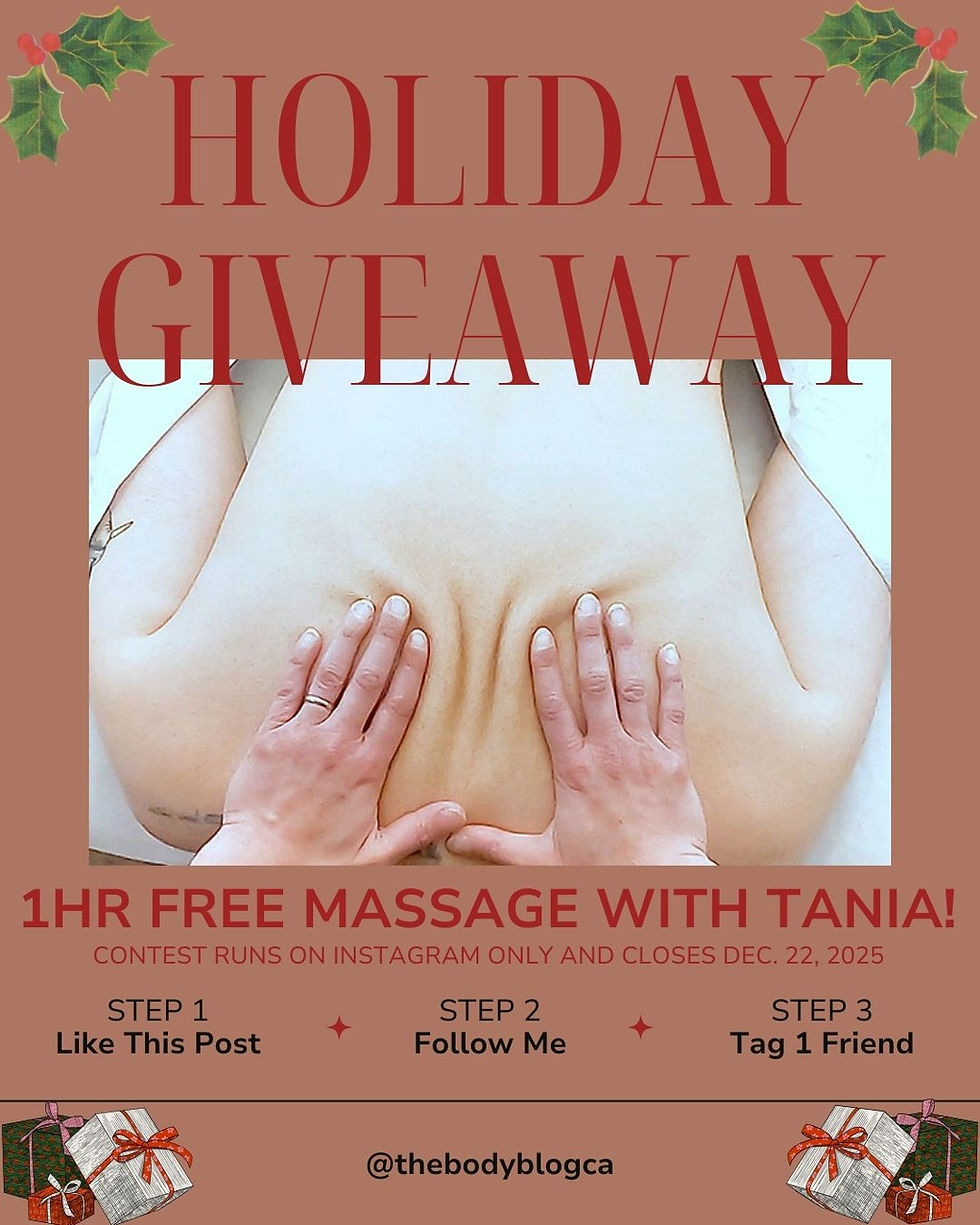Reader’s Poll Series Topic 1: Frozen Shoulder Pain Relief
- Tania Cucciniello

- Sep 29, 2020
- 3 min read
What is a Frozen Shoulder?
The medical terms for “frozen shoulder” are capsulitis, retracted capsulitis or adhesive capsulitis. This involves a painful stiffening and capsular inflammation that may result in a retraction and thickening of the shoulder joint. Capsulitis or a retracted capsule was nicknamed “frozen shoulder” due to the fact it causes most of the inferior part of the shoulder to restrict and does not allow the arm to raise much. Most people who suffer from a frozen shoulder cannot abduct/lift their arm past shoulder height, sometimes even lower.

Symptoms and causes
Most symptoms involved with a frozen shoulder include:
Inflammation
Painful spasms of the shoulder girdle
Nocturnal pain
Active and passive mobilizations are extremely painful
Movement of the humerus and scapula move like a single block
The main causes of all these symptoms can come from overuse which leads to wear and tear of the joint, the evolution can occur over a period of 12 to 24 months. Contrarily, a frozen shoulder may also occur following an event of intense stress, whether it is physical, neurological, psychological or traumatic. A frozen shoulder can also be caused by the presence of another underlying condition already present in the body, such as a bursitis or tendonitis that went untreated.
Is it ok to massage a Frozen Shoulder?
Absolutely! In fact, a hands-on manual therapy is one of the best ways to unlock a frozen shoulder. Choosing to see a massage therapist to relieve capsulitis pain is an admirable option because it is a natural and holistic way to heal. This can lead to avoidance of taking medication, which will only mask the pain and not solve the imbalance in the body which is causing the problem.
The massage therapist will be able to test and assess the evolution and severity of the shoulder condition. Massage of the shoulder girdle, cervicals and rotator cuff will improve mobility of the joint and improve muscular nutrition. Massage in conjunction with mobilizations for the gleno-humeral joint can advance healing by creating space. Creating space in the joint is the goal because as mentioned, a capsulitis is a shortening and thickening of the joint.
I explain in further detail how the massage should be performed for a frozen shoulder in Chapter 3 of my e-book, Connect: A Practical Guide to Fascia.
How to release a Frozen Shoulder at home
After a proper assessment and treatment of the area, the following recommendations should be made so the client can continue the work from home, aka- homework. If you have not been assessed by a professional and you feel you have the symptoms of a frozen shoulder, you may also start to adopt these remedies:
Rest/ ice/ compression of the anterior shoulder
Movement in water, i.e.- in the shower, bath or pool
Using a sling for a couple of hours a day allows for complete rest
Auto-passive mobilizations to do at home, such as:
1. Pendulum mobilization: bend over holding onto something for support, i.e.- a chair, and let the problematic side hang so that there is a relieving stretch towards the floor; then perform a series of circles with the wrist in order to create movement in the shoulder joint, like a pendulum. Create rotations in the shoulder joint for 20 seconds, rest (grabbing hold of the chair for 10 seconds) then drop the arm again slowly and repeat 2 more times.
20 Seconds of work 3x + 10 seconds rest 3x = 90 seconds total.

2. Exercises with a broomstick where postures of shoulder flexion, abduction and external rotation of the shoulder should be favored. Using a broomstick, execute each of the following movements 12x each before moving onto the next exercise. You may return to the initial exercise and repeat the sequence once again to compare from before, which should improve each time.



Diet and Water
Lastly, your diet and nutrition may also play a big role in the healing process and speed of your frozen shoulder. Well-balanced meals, full of fresh produce, deliver nutrients to the tissues and is highly recommended over refined and processed foods. This is most definitely a viable option to help any joint problem in general. Drink lots of water to keep the muscles and joint tissues hydrated. This will also diminish acidity in the body because inflammation can increase acidity. Adopting an anti-inflammatory diet with a variety of foods that decrease inflammation, in addition to hands-on therapy and exercise, can reduce the symptoms and length of this condition significantly.
Following these exercises is an adequate way to help heal a “frozen shoulder” from the comfort of your own home. The time is minimal and the results are significant; it's all within you. For motivation to do the work at home, I leave you with this quote: “Your body's ability to heal is greater than anyone has permitted you to believe.”




Comments